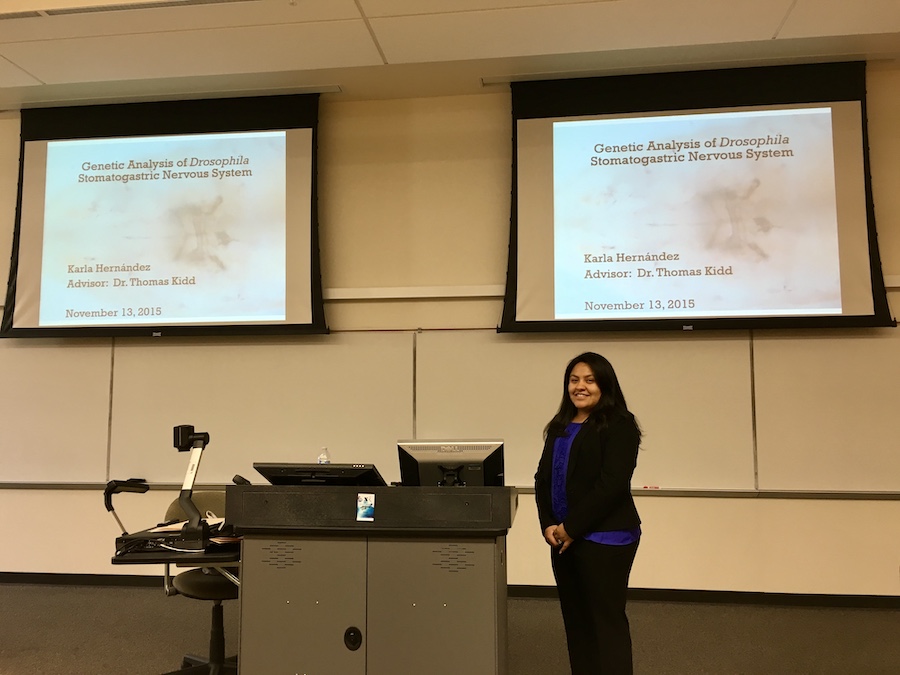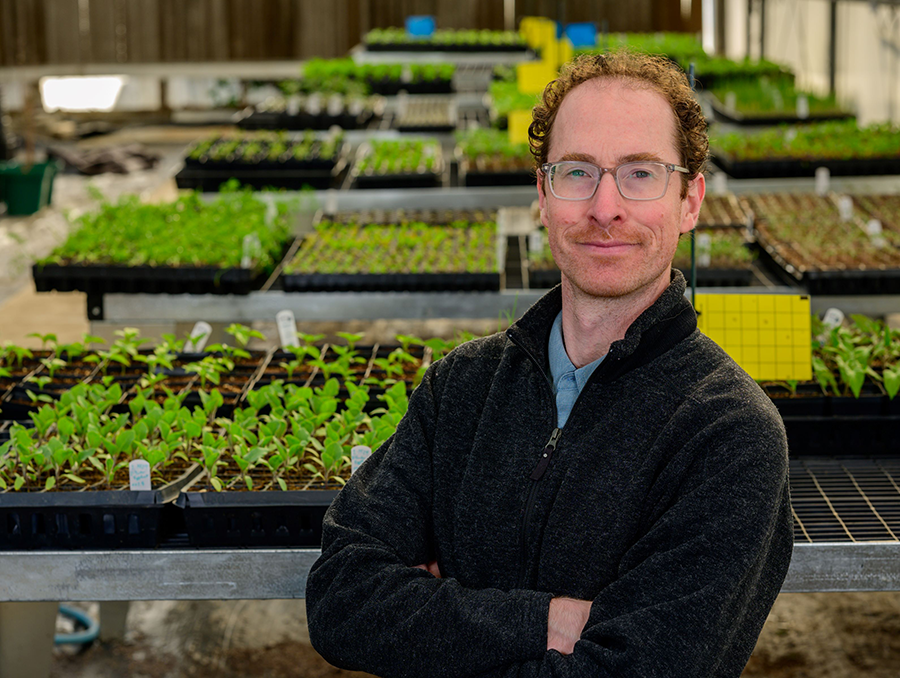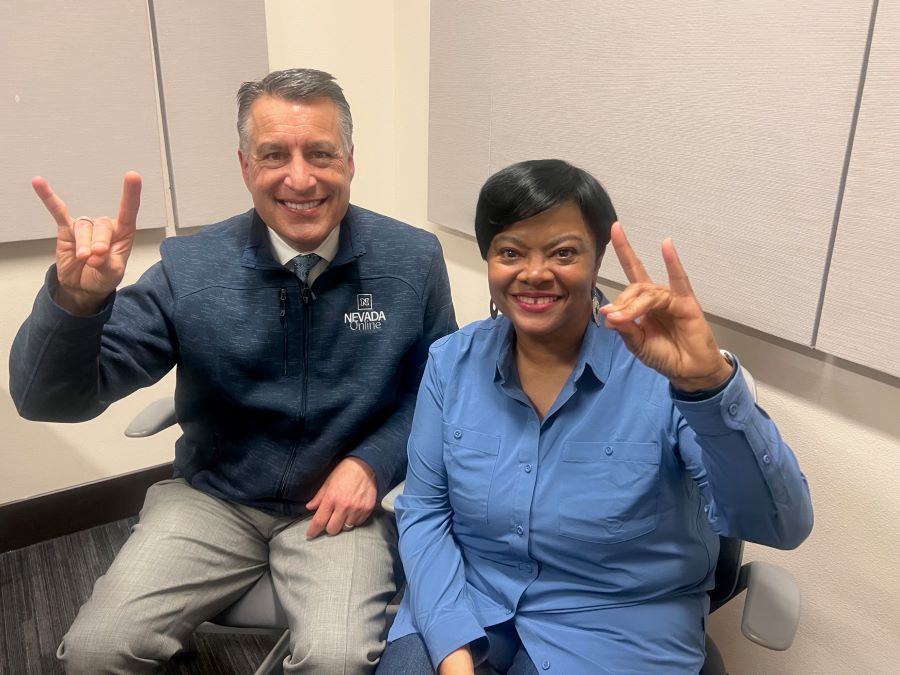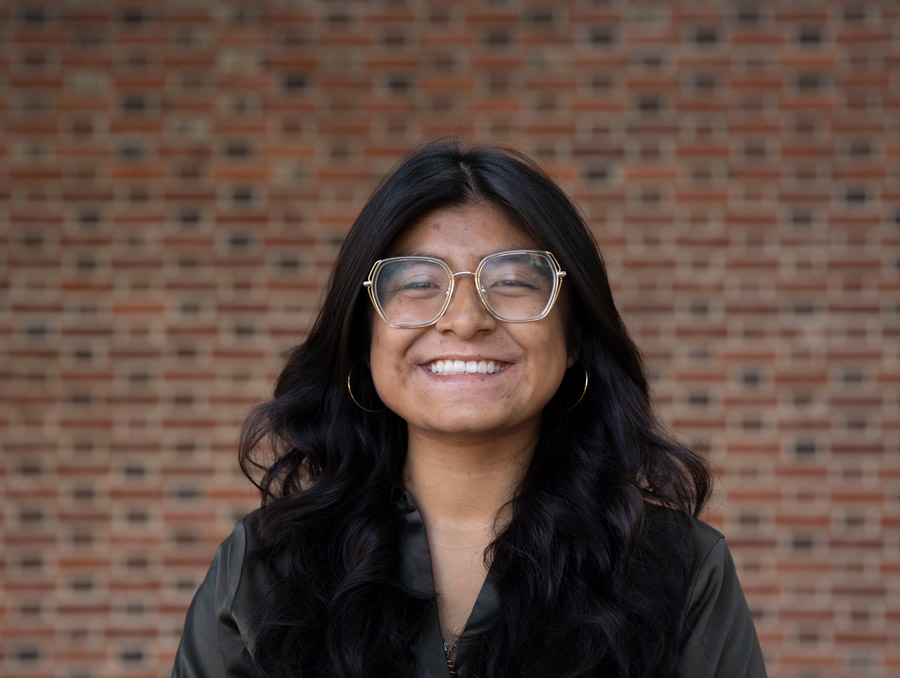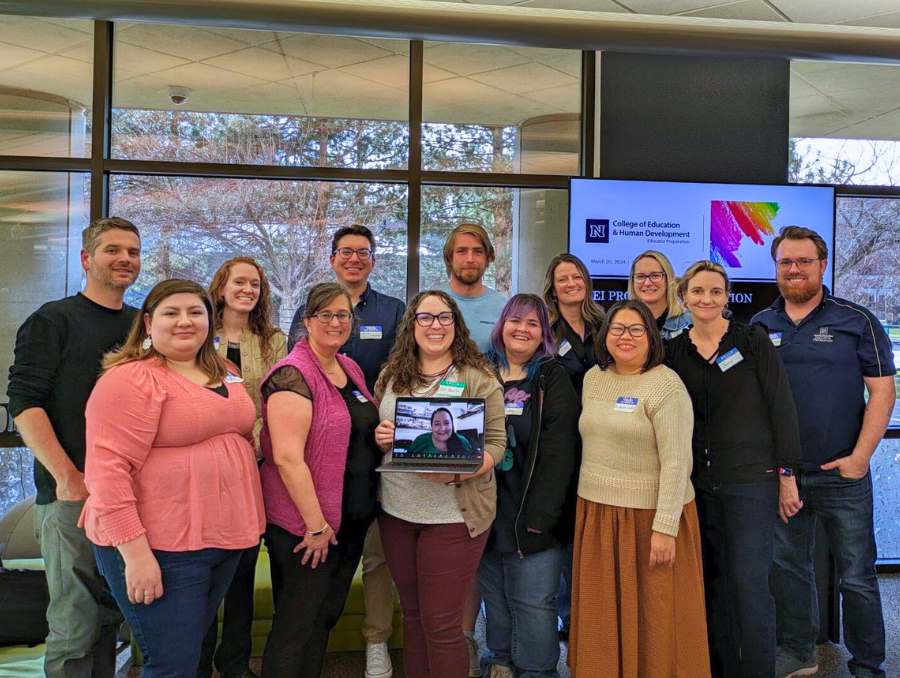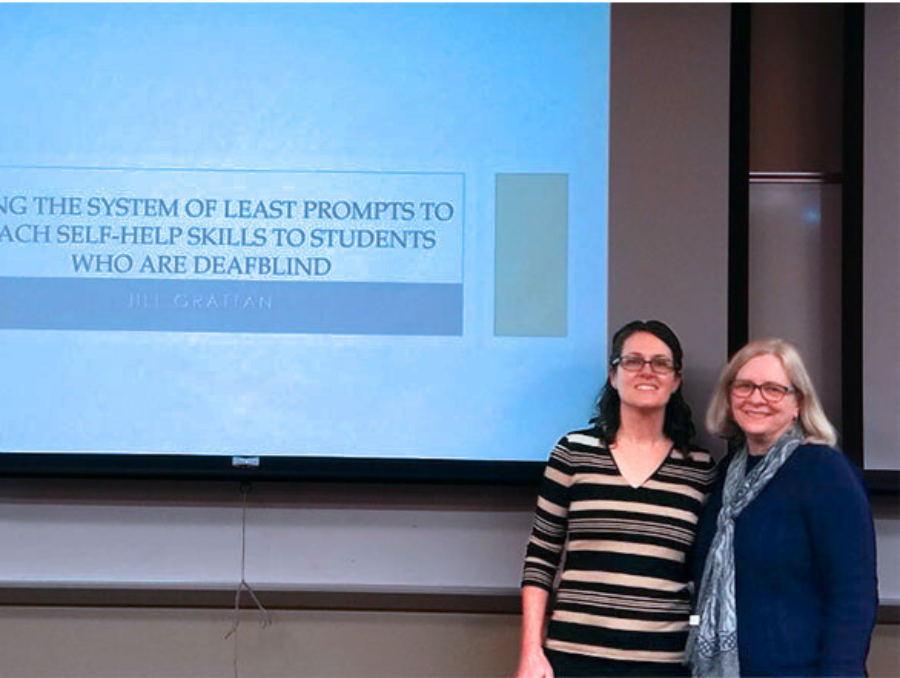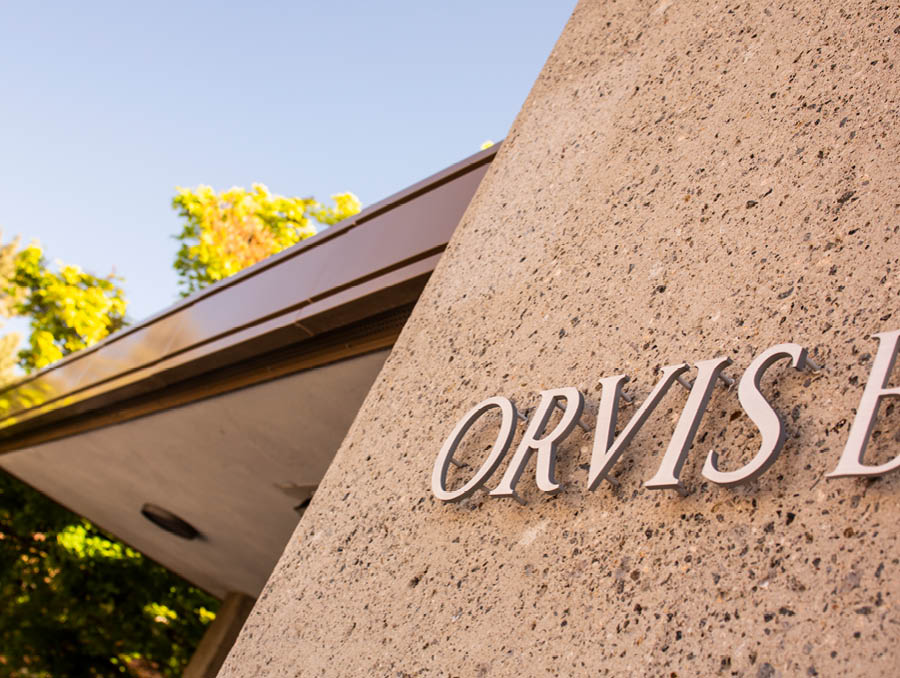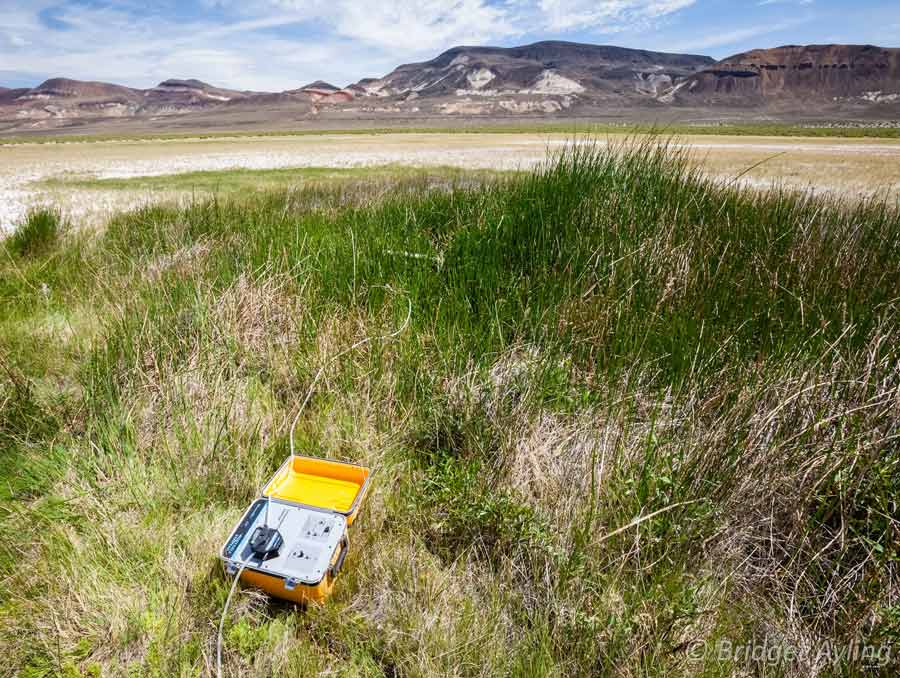Results of an advisory vote indicate a majority of students at the University of Nevada, Reno back the concept of a new student fee to support the construction of two new fitness facilities on campus, the E. L. Wiegand Fitness Center and the Fieldhouse, an indoor multi-use facility. A total of 58.5 percent of those voting favored the concept, although advisory-vote results differed among undergraduate and graduate students. Among undergraduate students, 61 percent voted for the concept, and among graduate students, 44 percent voted for the concept.
Student fees are determined by the Nevada System of Higher Education Board of Regents. The advisory vote results and corresponding resolutions by the student governments, the Associated Students of the University of Nevada (ASUN) representing undergraduates and the Graduate Student Association, will be presented to the Regents to inform their decision.
Together, both projects are estimated to cost approximately $71.3 million dollars. The University and donors are contributing significant funding to the projects, including the $8 million naming gift by the E. L. Wiegand Foundation to the E.L. Wiegand Fitness Center. The student-fee proposal put forth through the advisory vote represented a contribution of $18 million toward the new facilities.
Reflective of the advisory-vote results, a $30 fee for undergraduates will be proposed for implementation in the 2014 fall semester and would increase to $60 in 2016, when the facilities are anticipated to be built. The fee will serve as a membership fee for all undergraduate students, allowing usage of both facilities.
Fieldhouse
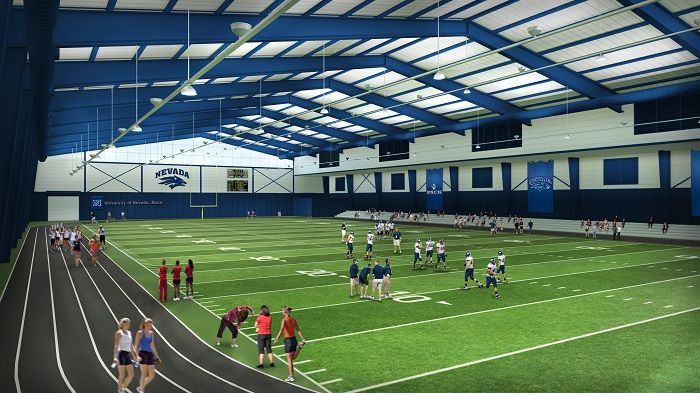
Reflective of the graduate-student advisory-vote results, a fee for graduate students will not be proposed. Usage of the facilities will be available to graduate students, as well as faculty and staff, through a separate membership fee structure yet to be determined.
"These projects recognize the importance of overall health of the student and will help ensure wellness is more fully integrated into our campus culture and the daily lives of our students, faculty and staff," President Marc Johnson said. "I am pleased to see this concept for enhanced fitness facilities move forward."
"There is a tremendous amount of research and data that connects student fitness levels to improved cognitive function, academic performance, social networks and engagement on campus, plus a decrease in stress and anxiety," said Jim Fitzsimmons, the University's director of campus recreation and wellness and the Lombardi Recreation Center.
"We voted for the wellness of students here on campus both now and in the future," Ziad Rashdan, ASUN president, said. "By voting yes, undergraduate students showed their support of the University's mission to embrace a culture of fitness and student success, and leave a legacy for the future, as was done for us with facilities such as the Joe Crowley Student Union and the (Mathewson-IGT) Knowledge Center."
RJ Boyajian, GSA president, underscored the commitment of graduate students to the "vision and momentum of the University."
"We support President Johnson's approach of the total, holistic student of 'mind, body and spirit.' However, the challenge is that grad students cannot afford to pay an additional fee," she said of the advisory-vote results.
The E. L. Wiegand Fitness Center is proposed as a four-story facility offering more than 100,000 square feet of multi-use space for fitness and recreation. It will be located in the parking lot north of the Brian Whalen Parking Complex and will border North Virginia Street. Located in proximity to the Joe Crowley Student Union and Mathewson-IGT Knowledge Center, in the University's student-centered mid-campus, the E. L. Wiegand Fitness Center is envisioned as offering multiple fitness areas for weightlifting, training and a multitude of other fitness classes and activities, plus an indoor, 200-meter, 1/8th mile running track. Three full-court gymnasiums will be utilized for basketball and other indoor court sports. It is estimated to open in late 2016.
The Fieldhouse is proposed as a single story, 120,000 to 150,000 square-foot building to support multiple uses including intramural programming and fitness programs for members, plus serve as an indoor practice facility for intercollegiate athletic programs. It will be located east of Mackay Stadium, on the old outdoor tennis court site, and will include a synthetic field sized to accommodate full-scale football and partial scale for soccer. It is anticipated to include a 6-lane 307-meter competition track, a 6-lane 55-meter straightaway and jump-event runways. Fundraising to further support the construction of the Fieldhouse will begin in 2013.
Built in 1974 to serve a student body of 4,000 the University's current fitness center, Lombardi Recreation was designed to primarily support physical education programs rather than training, fitness and wellness offerings. Once the E.L. Wiegand Fitness Center opens, Lombardi will support academic-degree programs through the Division of Health Sciences and will continue to support intramural programming and serve as the training site for the women's swimming and diving team. It is proposed to also become the practice facility for men's and women's intercollegiate basketball practice and women's intercollegiate volleyball.
A total of 2,779 students participated in the advisory-vote process, representing 15 percent of the total student body. This included 2,406 undergraduate (1,463 "yes" votes and 943 "no" votes) and 373 graduate students (164 "yes" votes and 209 "no" votes). The advisory-vote turn-out is in line that recent turn-out for student elections, which has been between 12 and 15 percent.
The ASUN and GSA student governments will consider resolutions at upcoming meetings. The undergraduate-student fee proposal will be presented to the Nevada System of Higher Education Board of Regents at their Dec. 5-6, 2013 meeting.




